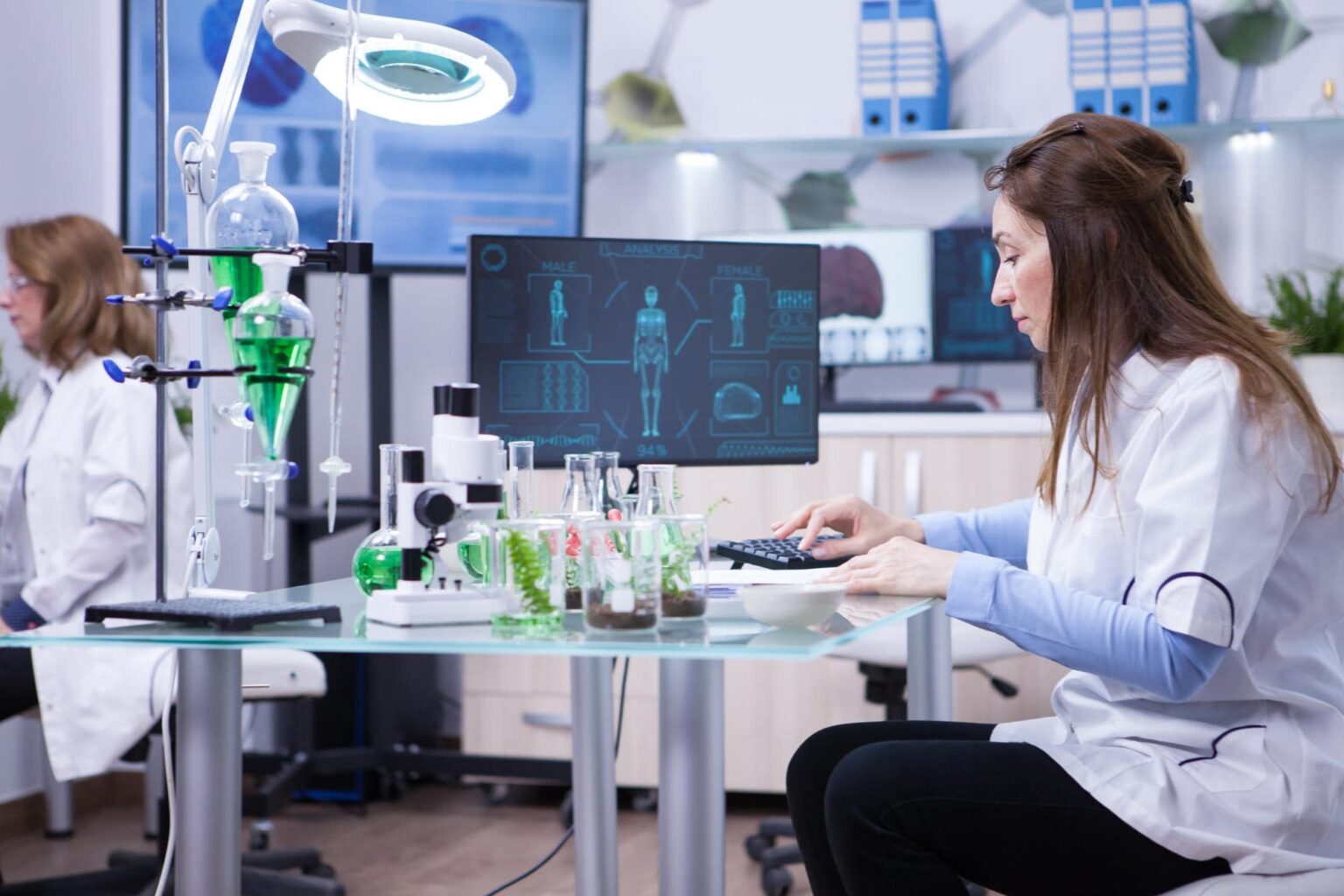Nanotechnology has revolutionized the field of medicine by offering innovative approaches to targeted drug delivery and diagnostics. Nanoscale materials and devices have unique properties that enable precise interactions with biological systems, making them valuable tools for enhancing therapeutic efficacy and diagnostic accuracy. Here’s how nanotechnology is applied in medicine:
- Targeted Drug Delivery: Nanoparticles can be engineered to carry drugs and deliver them to specific cells or tissues in a targeted manner. By modifying the surface properties of nanoparticles, such as size, charge, and functionalization, they can be designed to selectively accumulate in diseased cells or tissues while minimizing exposure to healthy cells. This targeted drug delivery approach improves drug efficacy, reduces side effects, and enhances patient compliance.
- Controlled Release Systems: Nanotechnology enables the development of controlled release systems for drugs. Nanoparticles can be designed to encapsulate drugs and release them in a controlled manner, providing sustained and localized drug delivery. This controlled release allows for optimized drug concentrations at the target site, improving therapeutic outcomes and minimizing the need for frequent dosing.
- Enhanced Drug Solubility: Many drugs have poor solubility, limiting their effectiveness. Nanotechnology offers solutions to enhance drug solubility by formulating them as nanoparticles or nanoscale carriers. These nanosystems can improve the drug’s bioavailability, enabling better absorption and distribution in the body.
- Imaging and Diagnostics: Nanotechnology plays a crucial role in diagnostic techniques, including imaging and sensing. Nanoparticles can be engineered to act as contrast agents for various imaging modalities, such as magnetic resonance imaging (MRI), computed tomography (CT), and fluorescence imaging. These nanoparticles enhance the visibility and sensitivity of imaging, allowing for early disease detection and accurate diagnostics.
- Biosensors and Point-of-Care Testing: Nanosensors and nanodevices enable rapid and sensitive detection of biomarkers and analytes for disease diagnosis and monitoring. Nanotechnology-based biosensors can detect and quantify specific molecules, such as proteins or nucleic acids, providing point-of-care testing capabilities. These miniaturized devices offer portability, high sensitivity, and quick results, facilitating early detection and personalized treatment approaches.
- Tissue Engineering and Regenerative Medicine: Nanotechnology is applied in tissue engineering and regenerative medicine to create scaffolds and matrices with nanoscale features that mimic the natural extracellular matrix. These nanomaterials provide a suitable environment for cell growth, differentiation, and tissue regeneration. They can also be loaded with growth factors or stem cells to promote tissue healing and repair.
- Theranostics: Nanotechnology enables the integration of therapeutics and diagnostics in a single platform, known as theranostics. Theranostic nanoparticles can simultaneously deliver therapeutic agents and provide real-time imaging or sensing capabilities. This approach allows for personalized medicine, as it enables monitoring of treatment response and adjustment of therapies based on real-time feedback.
- Microfluidics and Lab-on-a-Chip Systems: Nanotechnology is used in microfluidics and lab-on-a-chip systems to miniaturize and integrate diagnostic processes. These nanoscale devices can manipulate small volumes of samples, enabling rapid and automated analysis of biomarkers, genetic materials, and cells. Microfluidic systems have applications in point-of-care testing, drug screening, and personalized medicine.
Nanotechnology holds tremendous potential in medicine, providing targeted drug delivery, improved diagnostics, and advancements in regenerative medicine. As research and development in this field continue to progress, nanotechnology-based approaches are expected to contribute significantly to personalized and effective medical interventions, leading to improved patient outcomes and healthcare practices.



